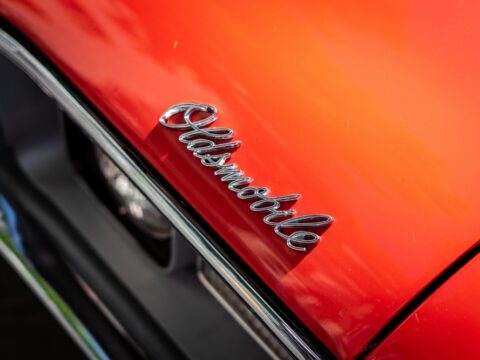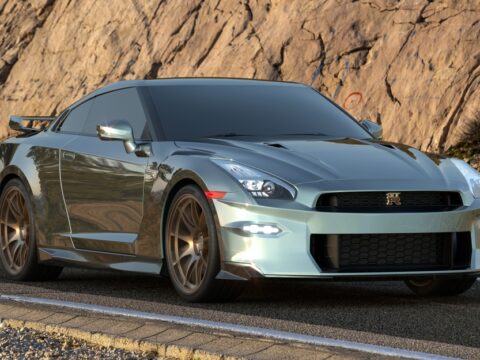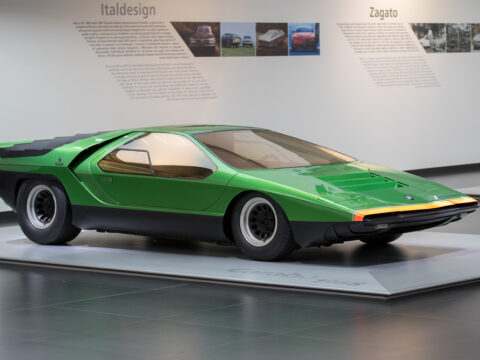Automakers have always pushed the boundaries of innovation, creating vehicles that could have reshaped the industry. While many of these prototypes never made it to production, they were filled with potential to change automotive history. In this article, we’ll explore 20 unreleased vehicles that, if given the chance, might have revolutionized the way we drive.
Contents
Ford Nucleon

The Ford Nucleon was a groundbreaking concept car from the 1950s, designed to be powered by a small nuclear reactor. This visionary vehicle represented the era’s fascination with atomic energy, proposing a car that could travel thousands of miles without refueling. While it never made it to production, the Nucleon showcased the potential of alternative energy sources in automotive design, marking a significant “what if” in the history of transportation.
Chrysler Turbine Car
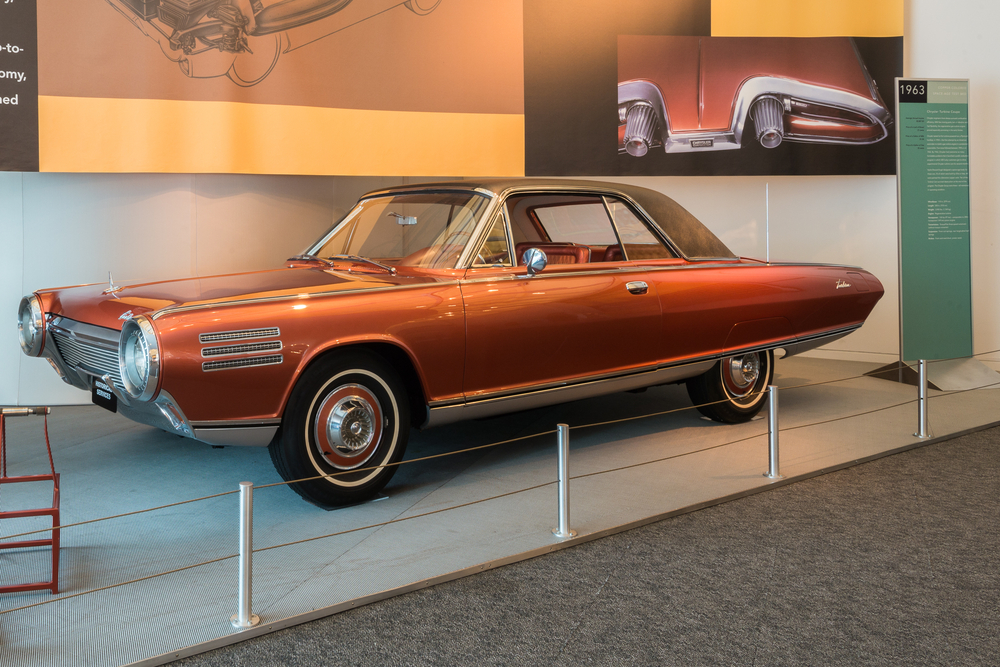
Chrysler’s Turbine Car was an ambitious project in the 1960s that utilized a gas turbine engine instead of a traditional internal combustion engine. This vehicle promised smoother operation, reduced emissions, and the ability to run on various fuels. Despite its potential to revolutionize engine technology, only a handful were produced, and the program was eventually scrapped due to cost and complexity issues.
Volkswagen XL1
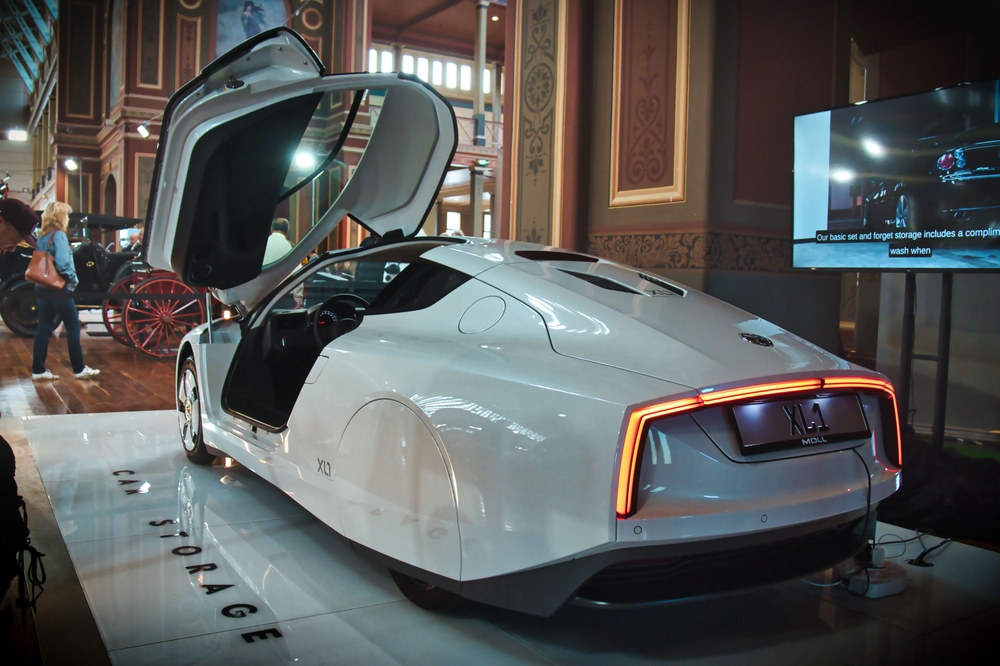
The Volkswagen XL1 was a hyper-efficient diesel-electric hybrid designed to achieve over 200 miles per gallon. With its sleek, aerodynamic design and lightweight construction, the XL1 represented a bold step towards ultra-efficient transportation. Although it saw limited production, it never became a mainstream vehicle, despite its potential to drastically reduce fuel consumption and emissions.
Cadillac Sixteen
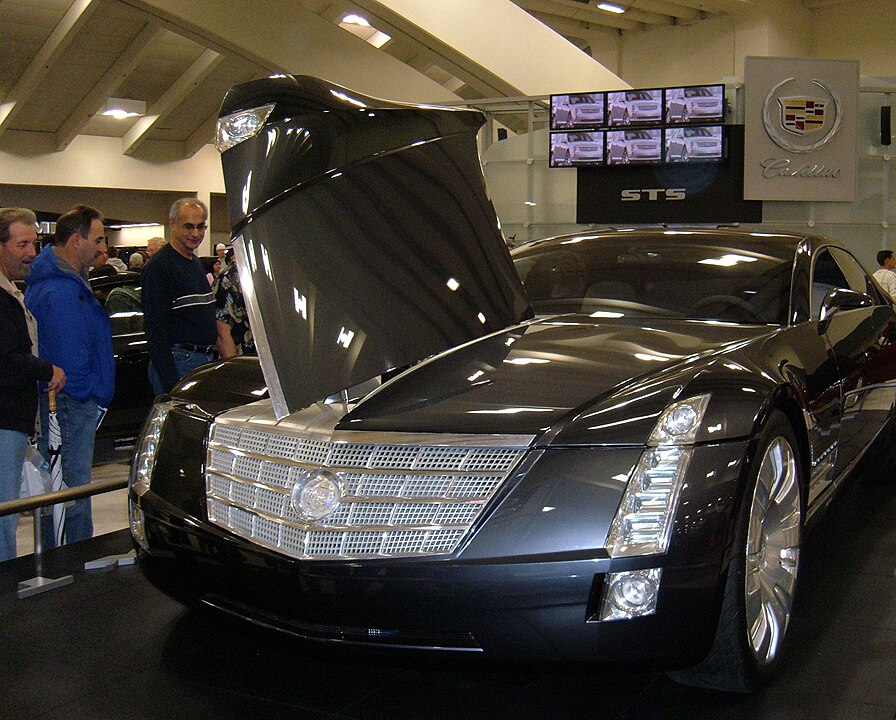
The Cadillac Sixteen was a luxury sedan concept that featured a massive 16-cylinder engine producing 1,000 horsepower. It combined unprecedented power with the opulence Cadillac was known for, potentially setting a new standard for luxury vehicles. However, the concept was deemed too extravagant for production, leaving a void in the ultra-luxury segment that it could have dominated.
Mercedes-Benz C111
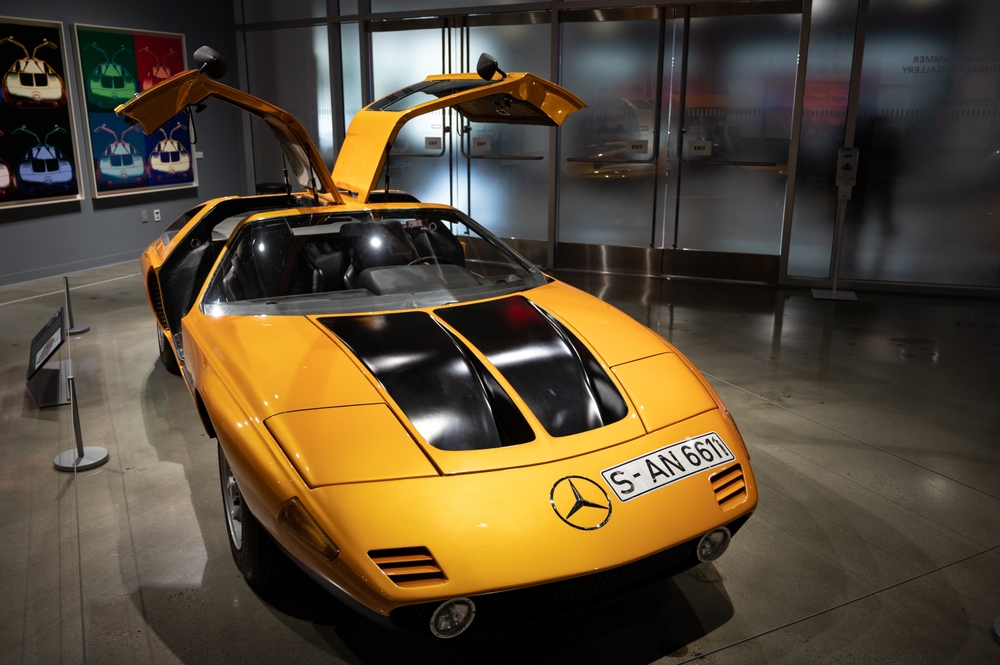
The Mercedes-Benz C111 was an experimental series of cars that explored rotary engines, diesel technology, and advanced aerodynamics. Its sleek, wedge-shaped design and innovative engineering made it a testbed for future technologies. Despite its potential to influence high-performance car design, it was never released to the public, remaining a fascinating but unrealized chapter in Mercedes-Benz’s history.
Chevrolet Aerovette
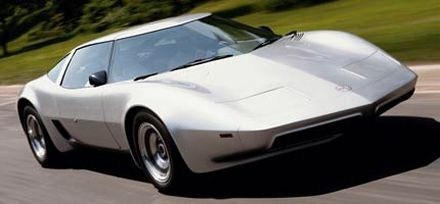
The Chevrolet Aerovette was a mid-engine sports car prototype that could have redefined American performance cars. Initially designed in the 1970s, it featured a radical design and advanced aerodynamics that rivaled European exotics. Despite its potential, the Aerovette never reached production, leaving enthusiasts to wonder what could have been if Chevrolet had pursued the mid-engine layout decades earlier.
Jaguar C-X75
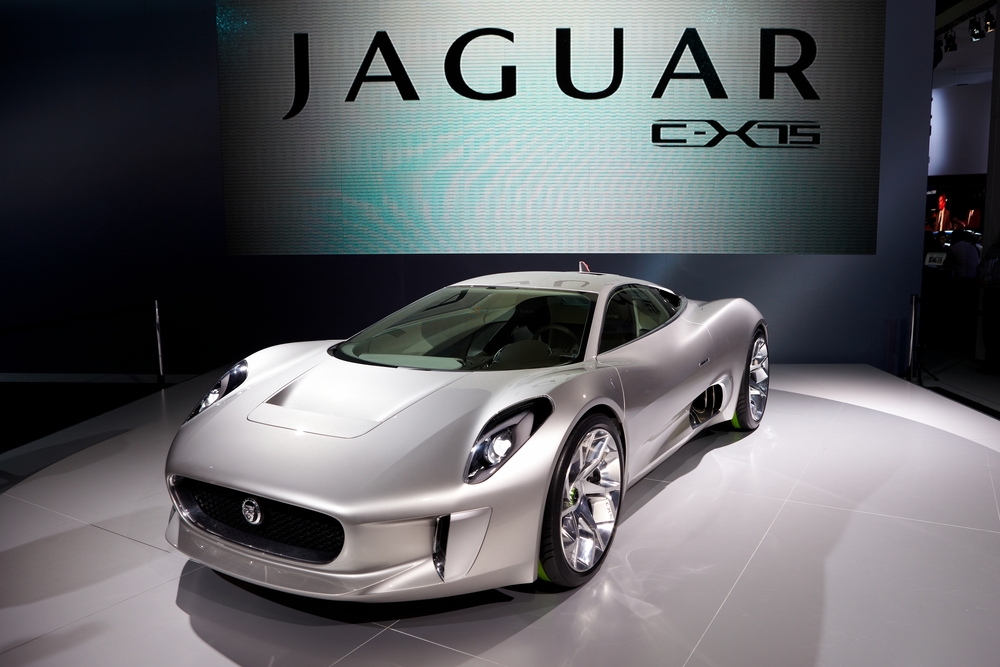
The Jaguar C-X75 was a hybrid supercar concept that blended stunning design with advanced technology. It featured four electric motors and a gas turbine engine, promising both high performance and environmental sustainability. Although highly anticipated, the C-X75 was never produced due to economic conditions, leaving a gap in the market for a truly innovative hybrid supercar.
Honda P-NUT
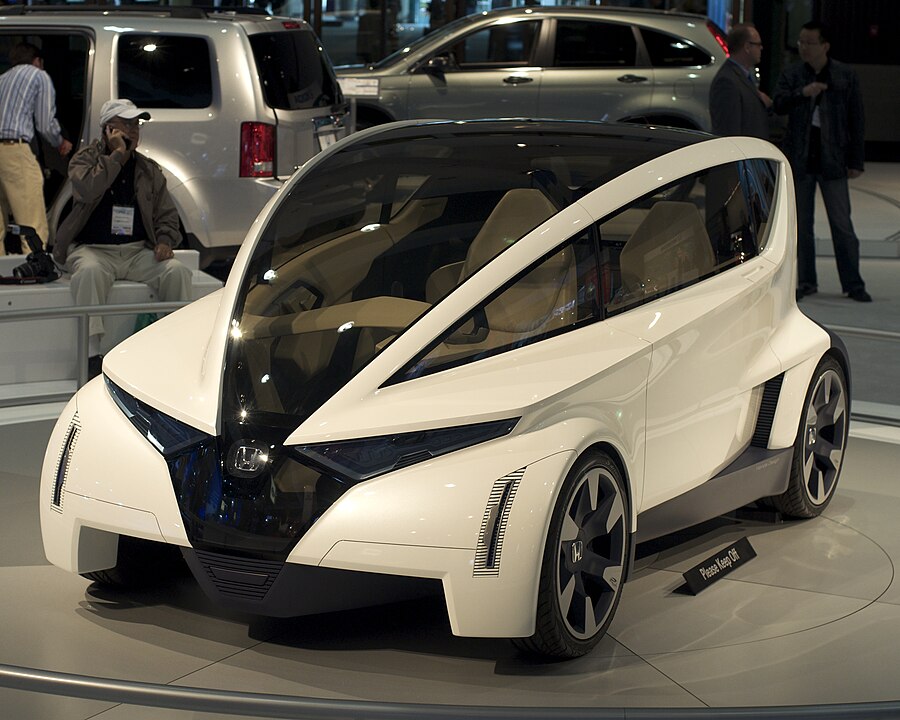
The Honda P-NUT (Personal-Neo Urban Transport) was a futuristic concept car designed to meet the needs of urban commuters. Its compact size, innovative packaging, and potential for electric power made it an ideal solution for crowded city environments. Despite its promise, the P-NUT never advanced beyond the concept stage, missing the opportunity to influence urban transportation design.
BMW Nazca C2
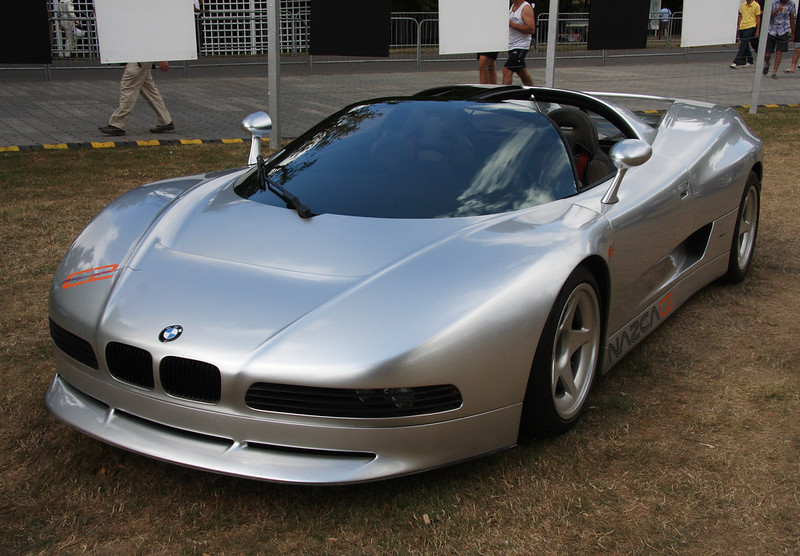
The BMW Nazca C2, designed by Italdesign, was a supercar concept from the early 1990s that combined cutting-edge design with performance. Featuring a V12 engine and lightweight construction, it was poised to challenge the best from Ferrari and Lamborghini. However, the Nazca C2 remained a concept, never entering production and leaving its mark as a tantalizing glimpse of what BMW’s supercar could have been.
Shelby Cobra Concept 2004
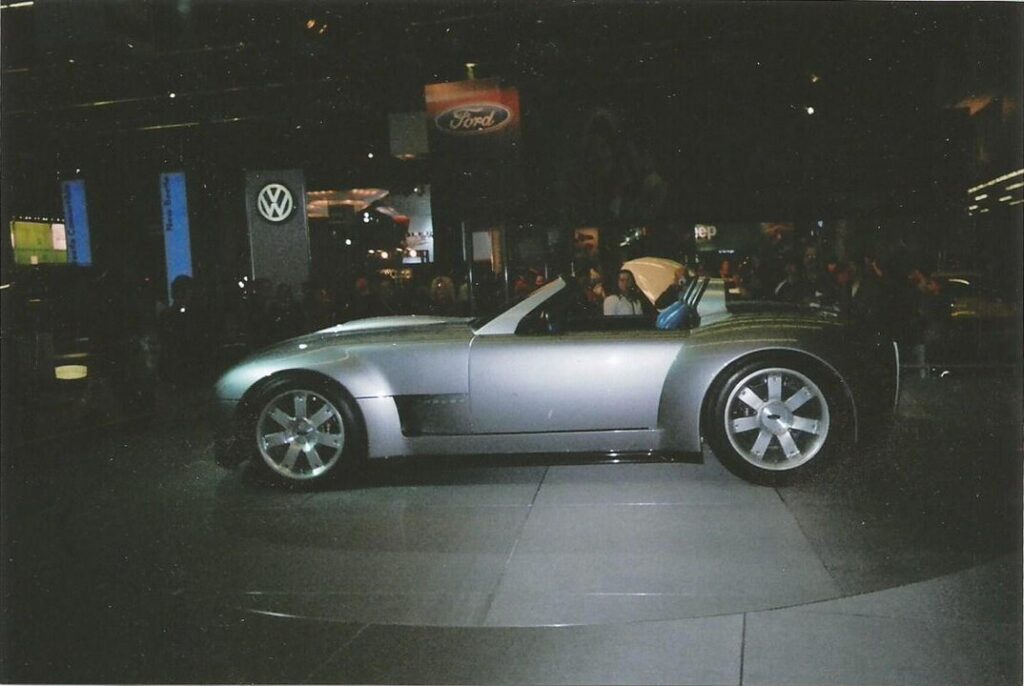
The Shelby Cobra Concept 2004 was a modern reinterpretation of the classic Shelby Cobra, featuring a 6.4-liter V10 engine and a sleek, aggressive design. It paid homage to the original while incorporating modern engineering and performance enhancements. Despite its potential to revive the Cobra legacy, the concept was shelved, leaving enthusiasts to dream of what could have been.
Lamborghini Estoque
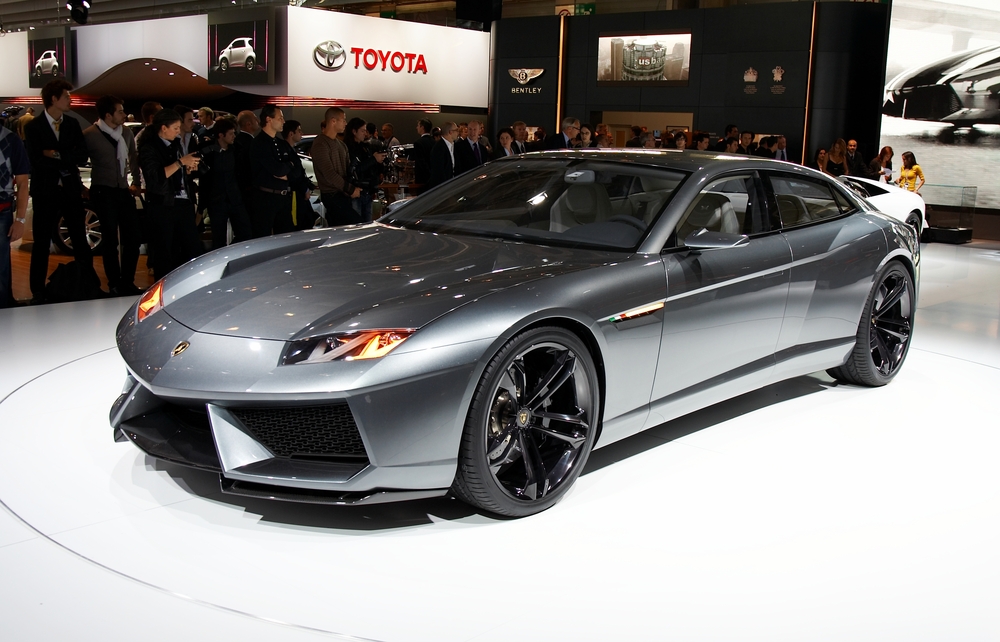
The Lamborghini Estoque was a four-door sedan concept that aimed to bring Lamborghini’s performance and luxury to a new market segment. With its powerful V10 engine and bold design, the Estoque could have expanded Lamborghini’s appeal beyond supercars. However, it never moved past the concept stage, leaving the brand’s lineup focused solely on two-door models.
DeLorean DMC-24

The DeLorean DMC-24 was a luxury sedan concept designed to expand DeLorean’s lineup beyond the iconic DMC-12. With its sleek design and advanced features, the DMC-24 could have established DeLorean as a serious competitor in the luxury car market. However, financial difficulties and the collapse of the company prevented the DMC-24 from becoming a reality.
Audi Quattro Concept
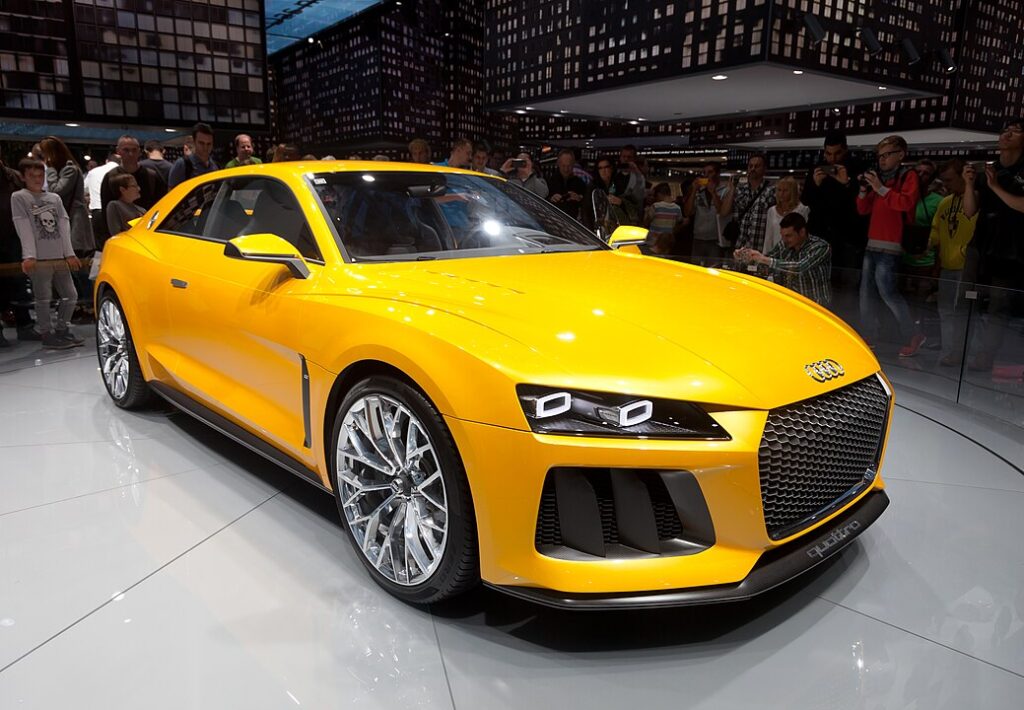
The Audi Quattro Concept was a modern take on the legendary Audi Quattro, featuring a turbocharged engine and advanced all-wheel-drive technology. It aimed to revive the spirit of the original Quattro with contemporary performance and design cues. Despite strong interest, the concept was never produced, leaving fans of the original Quattro to wonder what a modern version could have achieved.
Mazda Furai
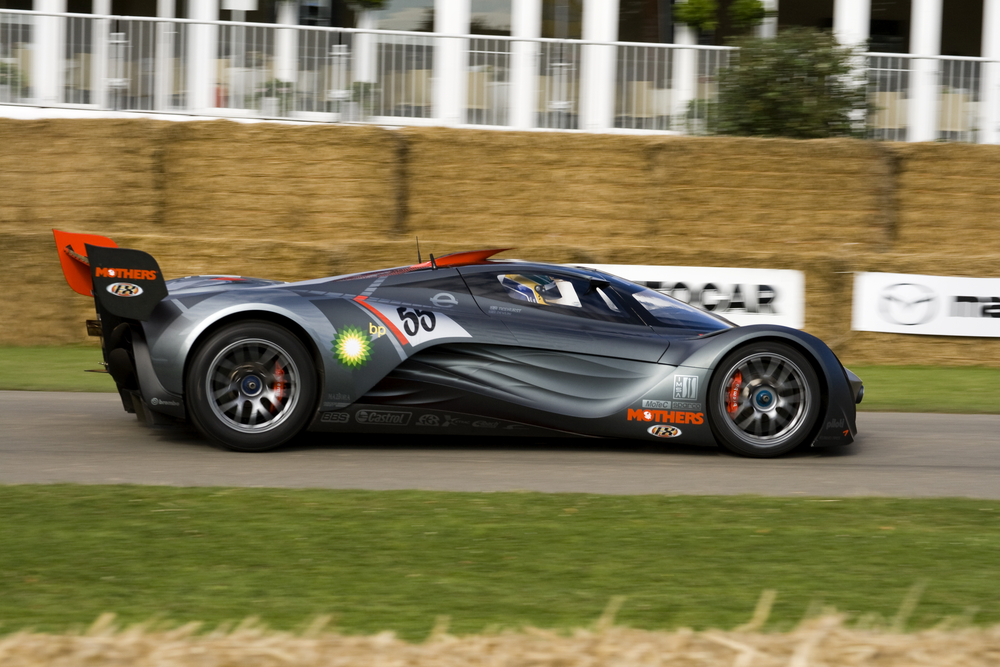
The Mazda Furai was a concept car that combined racing technology with a futuristic design. Powered by a 450-horsepower rotary engine, the Furai was both a visual and technical masterpiece. Tragically, the only prototype was destroyed in a fire during testing, ending any potential for the Furai to influence Mazda’s future sports car development.
Porsche 989
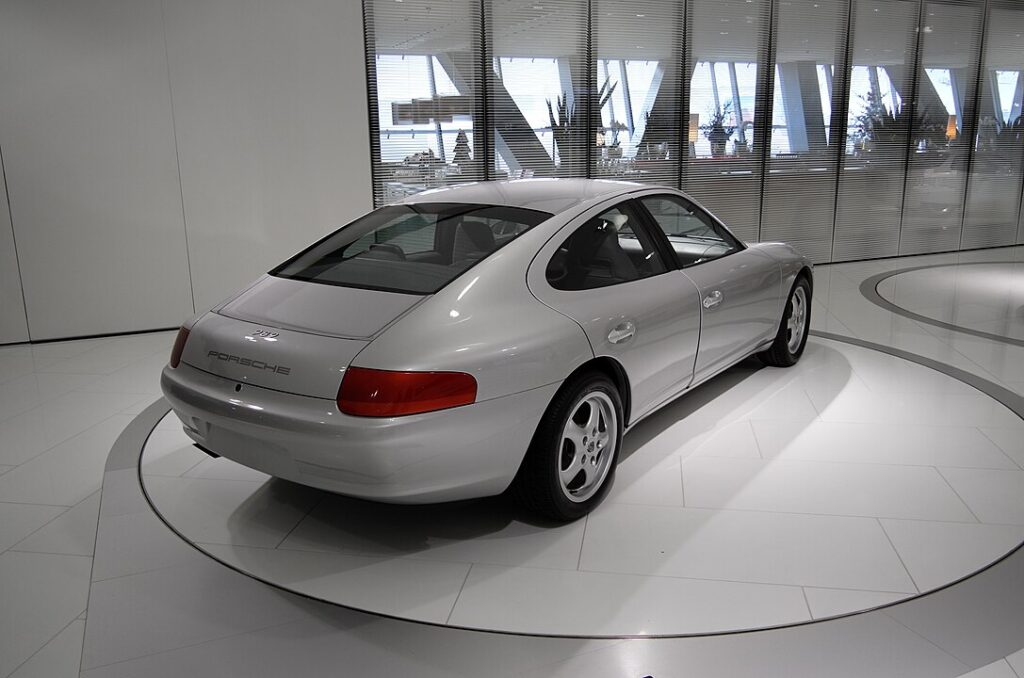
The Porsche 989 was a four-door sports sedan concept from the late 1980s that could have predated the Panamera by decades. With a design that blended Porsche’s performance heritage with luxury and practicality, the 989 had the potential to create a new segment for the brand. However, internal disagreements and financial constraints led to its cancellation, delaying Porsche’s entry into the four-door market.
Ford Indigo
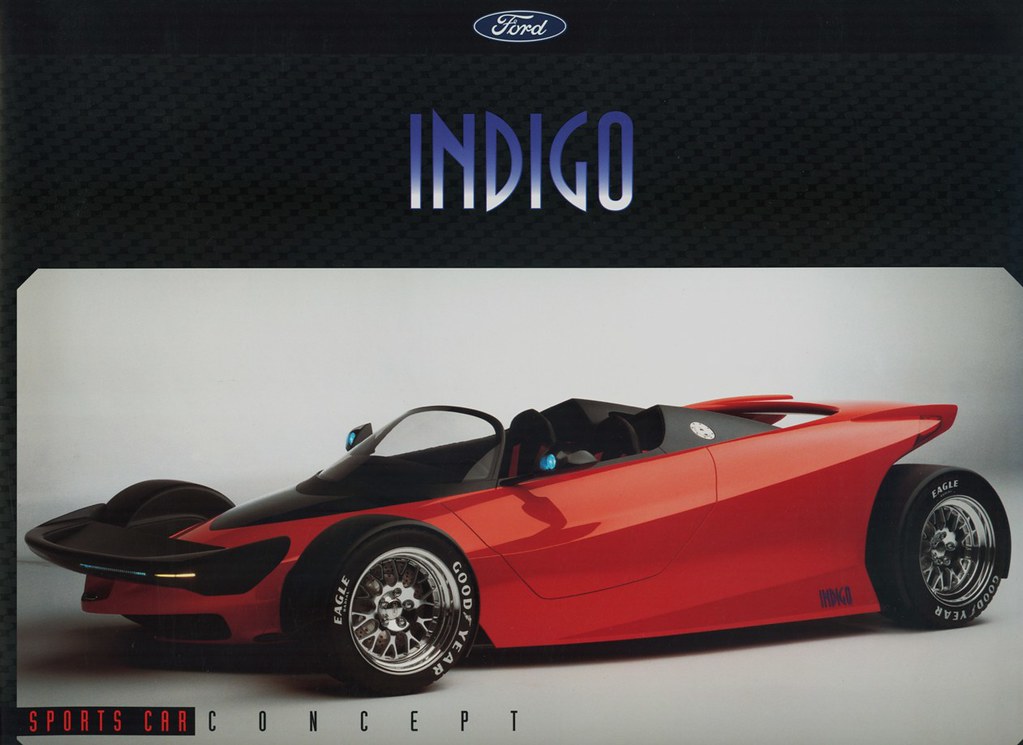
The Ford Indigo was a futuristic concept car with a Formula 1-inspired design and cutting-edge aerodynamics. Featuring a carbon-fiber body and a V12 engine, the Indigo was a showcase of Ford’s technological prowess. Despite its potential to influence high-performance car design, the Indigo remained a concept, leaving its innovative ideas unfulfilled.
Toyota Alessandro Volta
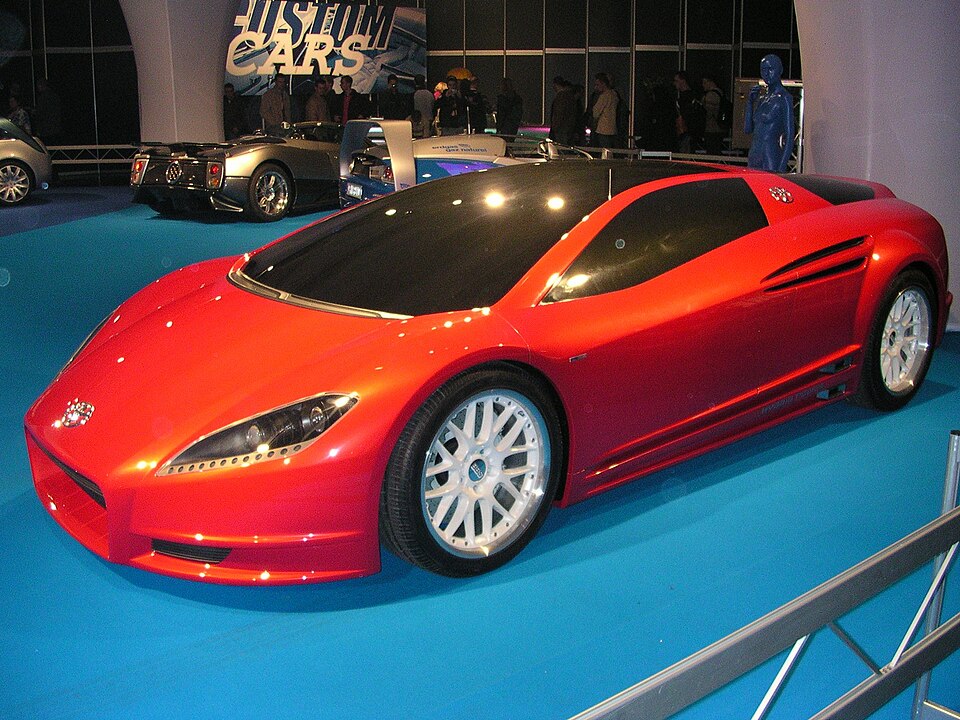
The Toyota Alessandro Volta was a hybrid supercar concept developed in collaboration with Italdesign. Powered by a 3.3-liter V6 hybrid engine, the Volta combined performance with environmental responsibility. It was one of the first supercars to explore hybrid technology, but it never made it to production, missing the opportunity to lead the charge in green high-performance vehicles.
Buick Y-Job
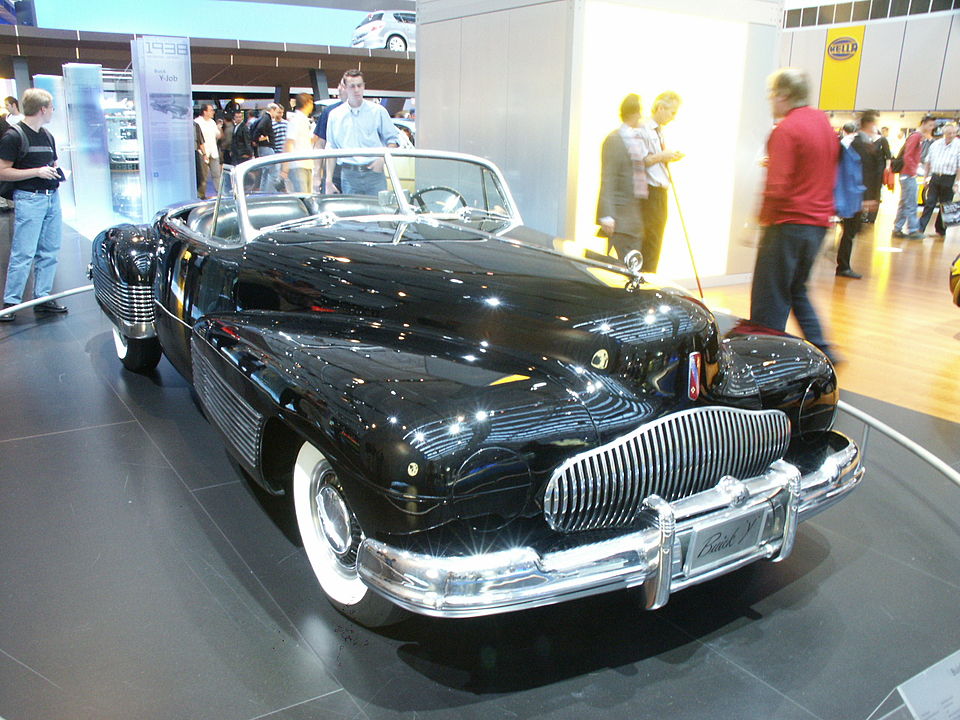
The Buick Y-Job is considered the first concept car, created in the 1930s by GM’s design chief Harley Earl. It showcased the future of automotive design with features like hidden headlights and a low, sleek profile. The Y-Job set the standard for concept cars as a tool for exploring new ideas, and while it never reached production, its influence on design philosophy was profound.
Nissan MID4
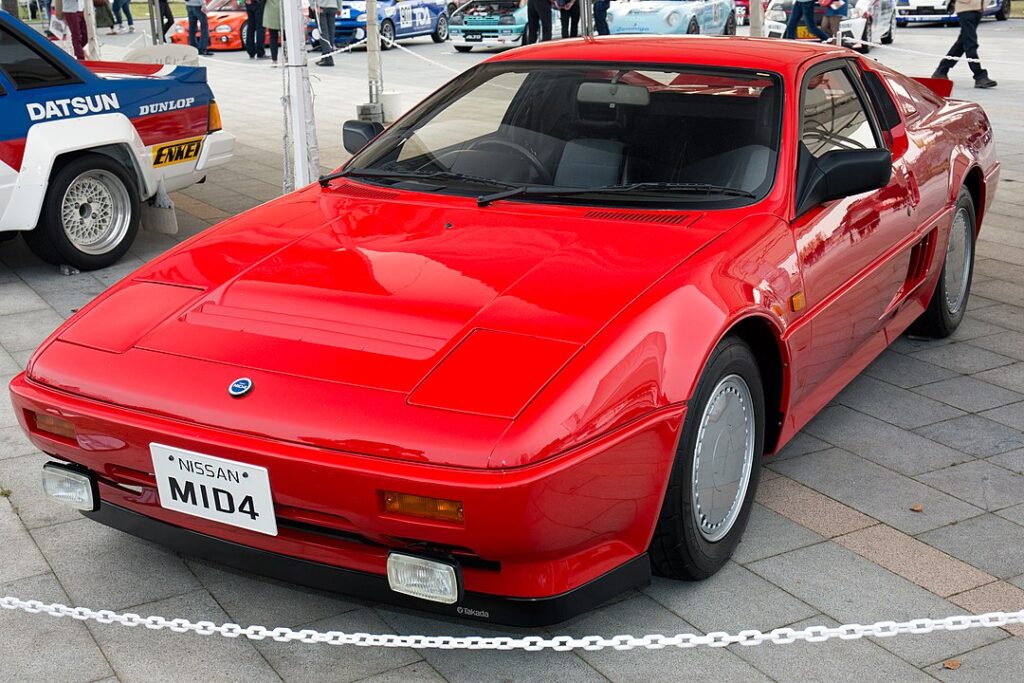
The Nissan MID4 was a mid-engine sports car prototype designed to compete with European exotics. Featuring all-wheel drive and a turbocharged engine, the MID4 was advanced for its time and could have positioned Nissan as a leader in the sports car market. However, the project was shelved, and its technology was later incorporated into other Nissan models.
Lincoln Futura
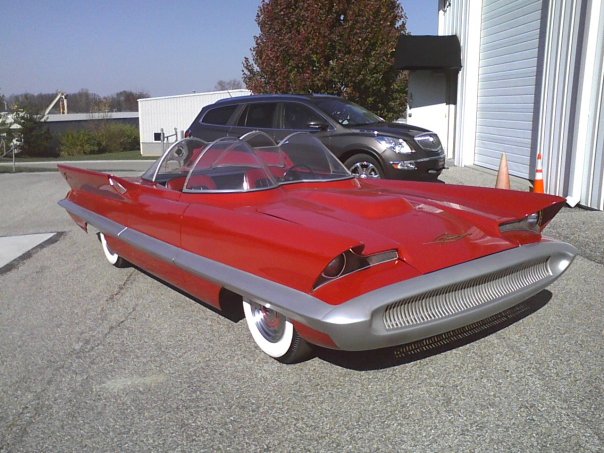
The Lincoln Futura was a futuristic concept car from the 1950s, known for its bold, space-age design. Its unique styling and bubble canopy made it a showstopper, and it eventually became the basis for the iconic Batmobile. Despite its influence on pop culture, the Futura never went into production, missing the chance to define a new era of automotive design.
This article originally appeared in MyCarMakesNoise.
More from MyCarMakesNoise
15 Iconic Car Designs That Influenced the Industry

Throughout the history of the automotive industry, certain car designs have stood out for their groundbreaking impact on the market and culture. These iconic vehicles defined their eras and set new benchmarks in performance, aesthetics, and technology. Read More
10 Amazing Details About the Chevrolet Corvette

The Chevrolet Corvette has captivated car enthusiasts for decades with its blend of cutting-edge technology, sleek design, and high-performance capabilities. Since its debut in 1953, the Corvette has evolved into an iconic sports car, renowned for pushing the boundaries of automotive innovation. Read More
10 Extreme Off-Road Vehicle Mods for Adventurous Drivers

Standard vehicles often fail to provide the necessary durability and performance for those who crave adventure and the thrill of the unbeaten path. Extreme off-road modifications transform everyday vehicles into powerful machines capable of tackling the most challenging terrains. Read More


